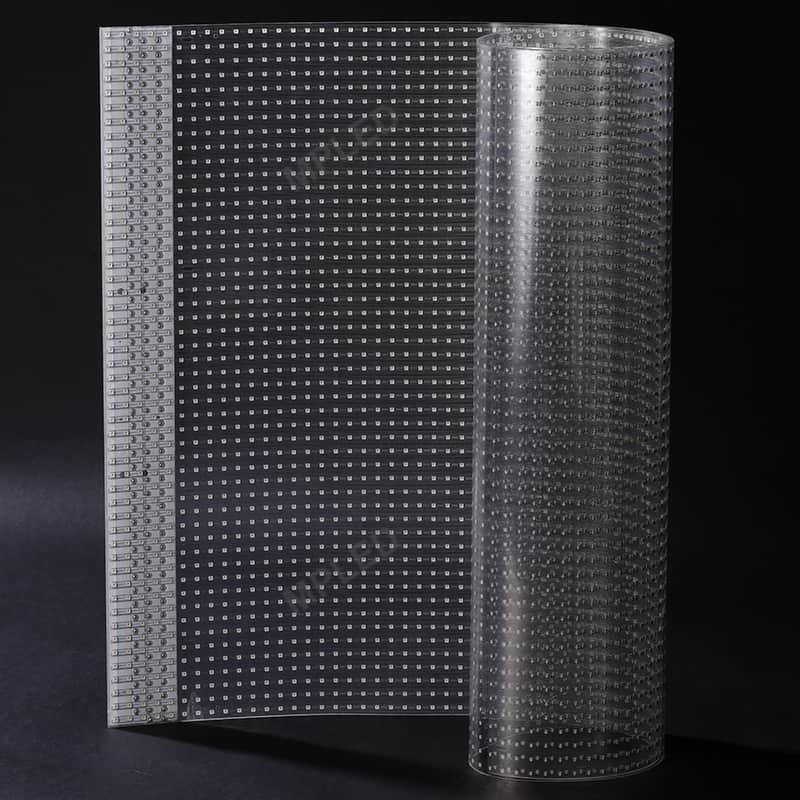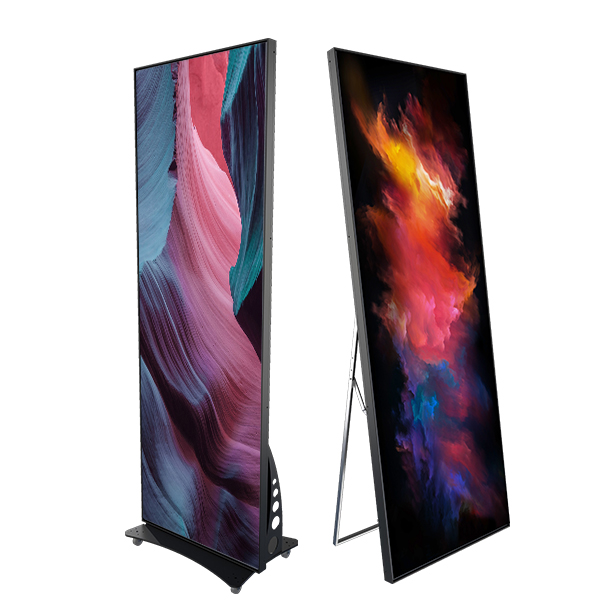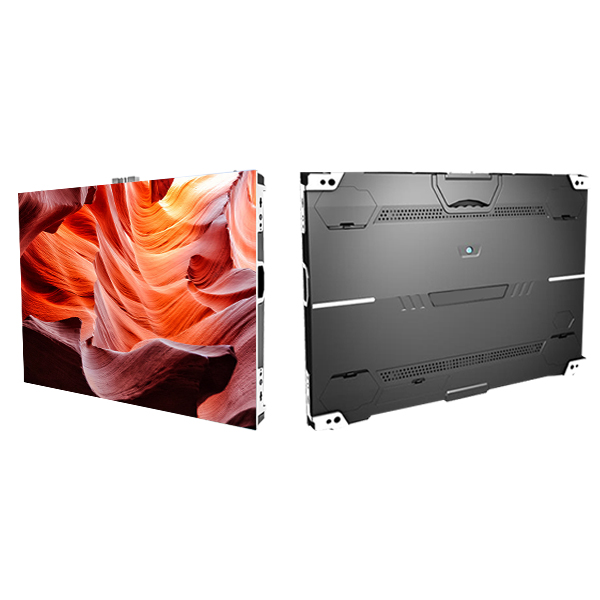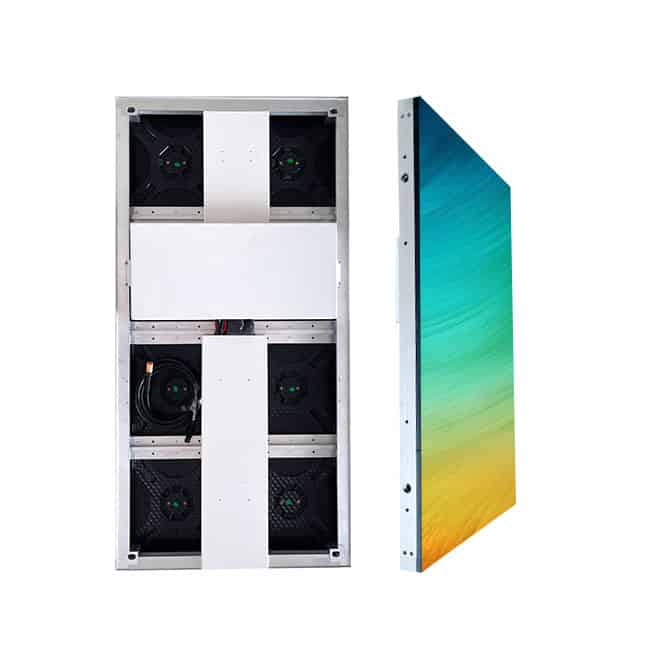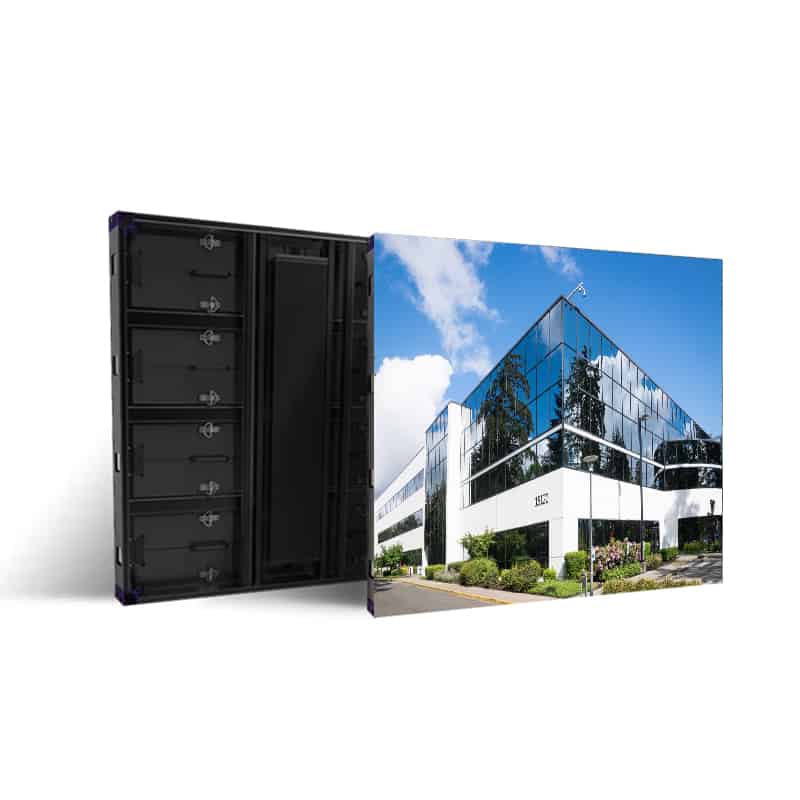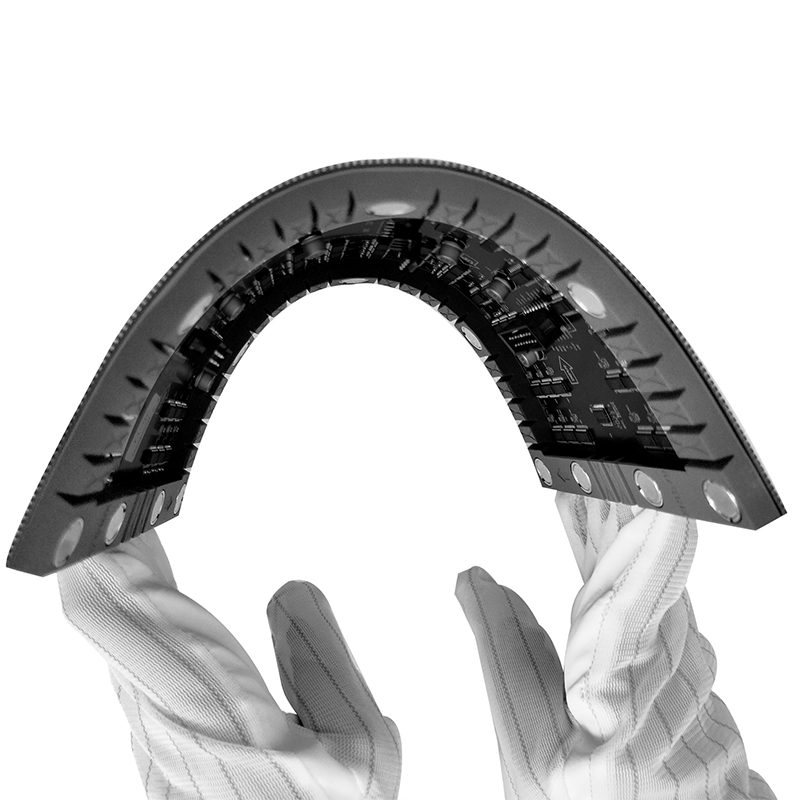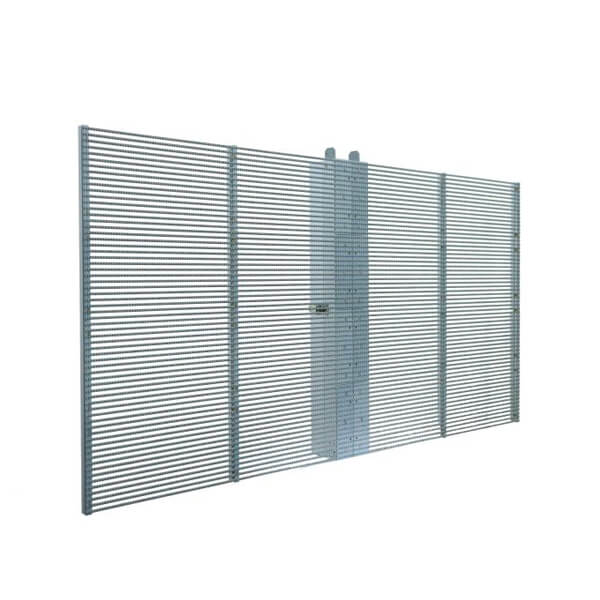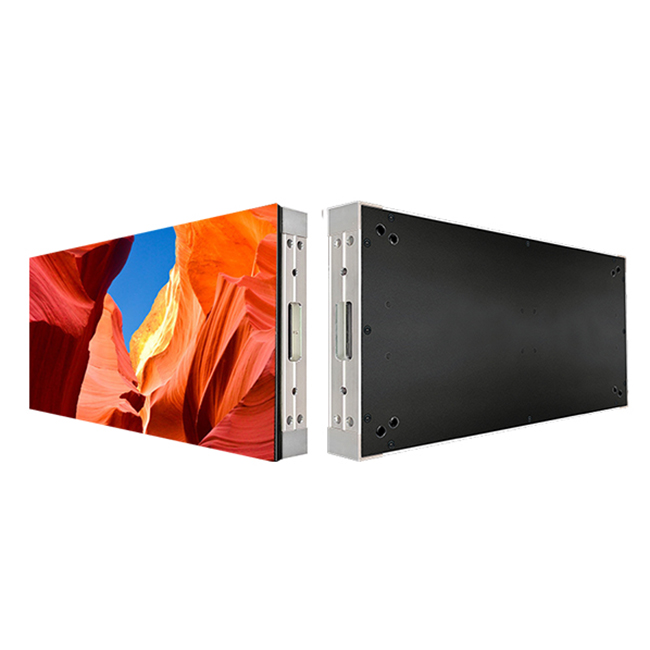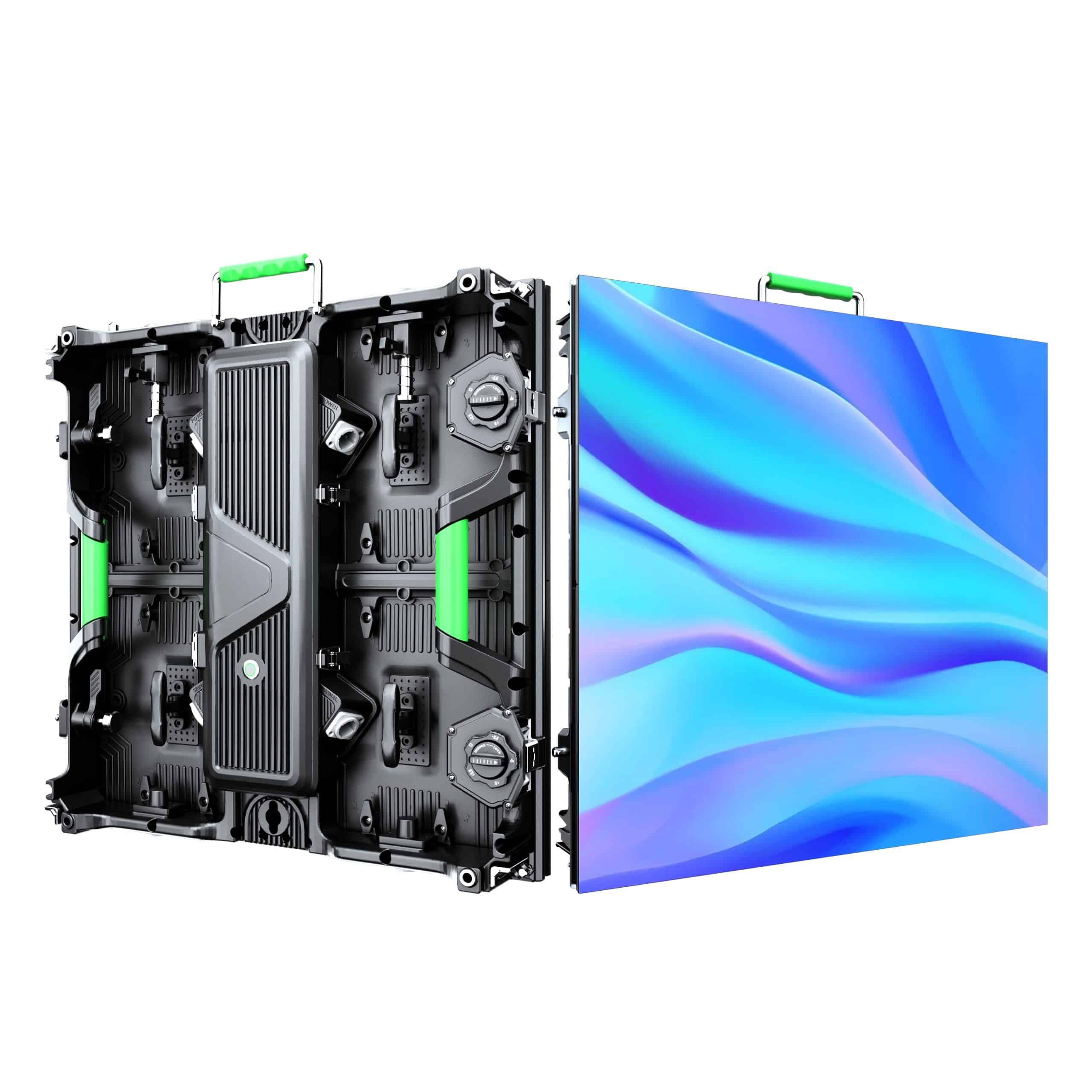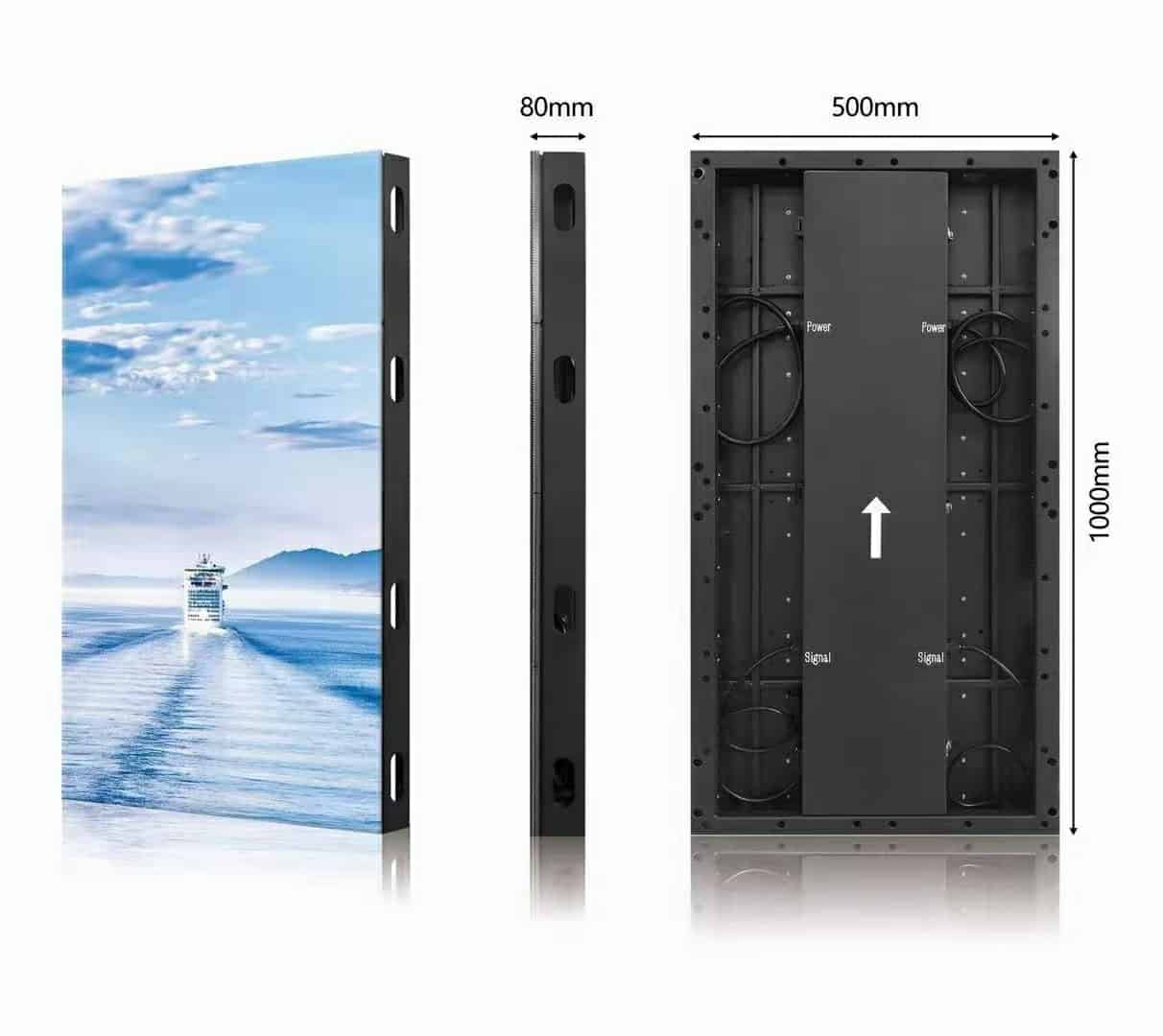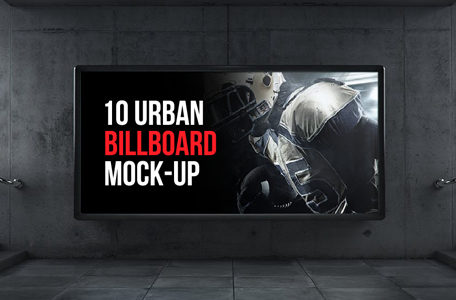What is the front maintenance LED screen? What are its significant advantages
The maintenance methods of LED display are mainly divided into front maintenance and rear maintenance. Post-maintenance is a large number of large-scale LED display screens applied to the exterior walls of buildings. Maintenance channels must be designed to facilitate maintenance personnel to perform maintenance and repairs from the back of the screen. The overall technical requirements are high, installation and disassembly are cumbersome, and time-consuming and labor-intensive. However, this is obviously not a more suitable choice for indoor compact applications where space is tight or for inlaid or wall-mounted installation structures.

With the rise of small-pitch LEDs, the previously maintained indoor LED display products gradually occupy a favorable position in the market. It means that the magnetic element and the LED display box are fixed by magnetic adsorption. During operation, the suction cup directly touches the surface of the box for front maintenance, so that the module structure of the LED screen is removed from the box to realize the front maintenance screen. body. This front maintenance method can make the overall structure of the display screen thinner and lighter, blending with the surrounding building environment, and highlighting the ability of indoor visual expression.

Compared with post-maintenance, the advantages of front-maintenance LED screens are mainly to save space, achieve greater utilization of environmental space, and reduce the difficulty of post-maintenance work. The front maintenance mode does not need to reserve maintenance channels, supports independent front maintenance, and saves maintenance space on the back of the display. It does not need to disassemble the wire, supports quick maintenance work, and disassembly is simpler and more convenient. The front maintenance requires the module structure of the screw to be removed after the maintenance. In the case of a single point of failure, only a single person is required to disassemble and maintain a single LED or pixel, which has high maintenance efficiency and low cost. However, due to the high-density characteristics of the room, the structure of this type of indoor product has higher requirements for the heat dissipation of the cabinet, otherwise the display screen is prone to local failures.

Relatively speaking, post-maintenance is not undesirable. Its price is slightly lower, suitable for installation scenarios such as roof type and column type, and the inspection and maintenance efficiency is high. Due to different application scenarios, you can choose these two maintenance methods according to actual needs.

